Overview of API Gate Valves
API gate valves refer to gate valves designed in compliance with the standards of the American Petroleum Institute (API). They are primarily used in industrial applications such as oil and natural gas.
Structural Features
Body Design:
Typically two-piece or three-piece construction
Flanged or butt-weld end connections
Gate Types:
Wedge gate (rigid wedge, flexible wedge)
Parallel gate (single disc, double disc)
Stem Design:
Rising stem (OS&Y – Outside Screw & Yoke)
Non-rising stem
Material Requirements
Body materials: Typically carbon steel, stainless steel, or alloy steel
Seat materials: Often hard-faced alloys (e.g., Stellite) or other wear-resistant materials
Material selection must comply with API standards
Performance Requirements
Pressure Ratings:
Per ASME B16.34 standard
Common classes: Class 150, 300, 600, 900, 1500, 2500
Temperature Range:
Varies based on material selection
Must account for high-temperature and cryogenic conditions
Sealing Performance:
Leakage rates as per API 598
Low-pressure and high-pressure seat tests
Testing Requirements
Shell strength test
Seat leakage test
Operating torque test
Fire resistance test (API 6FA)
Selection Considerations
Fluid characteristics (corrosiveness, particulate content, etc.)
Operating pressure & temperature
End connections (flanged, butt-weld, etc.)
Actuation method (manual, gear-operated, electric, pneumatic, etc.)
Special requirements (fire-safe, anti-static, etc.)
Maintenance Guidelines
Regularly inspect stem sealing
Maintain stem lubrication
Check flange bolt tightness
Exercise valves periodically to prevent sticking
| Parts |
Common Materials |
| Body |
ASTM A216 WCB, A351 CF8/CF8M |
| Valve disc |
Same as valve body or 13Cr, stainless steel overlay welding |
| Valve stem |
ASTM A182 F6a,
F304/F316 |
| Sealing surface |
13Cr, Stellite 6, PTFE |

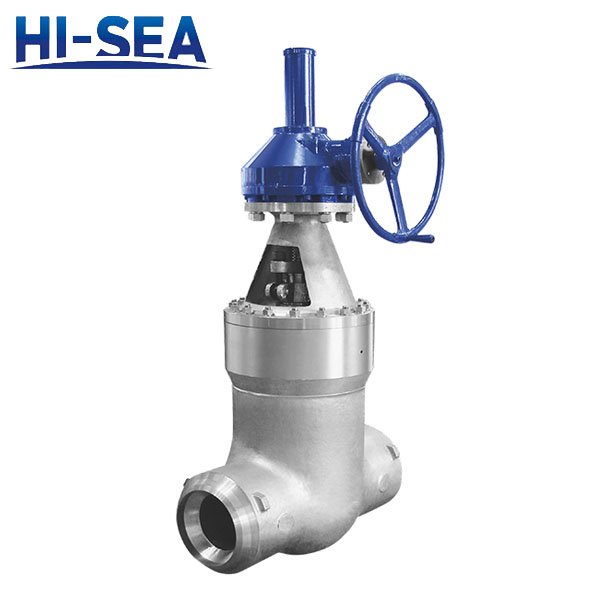

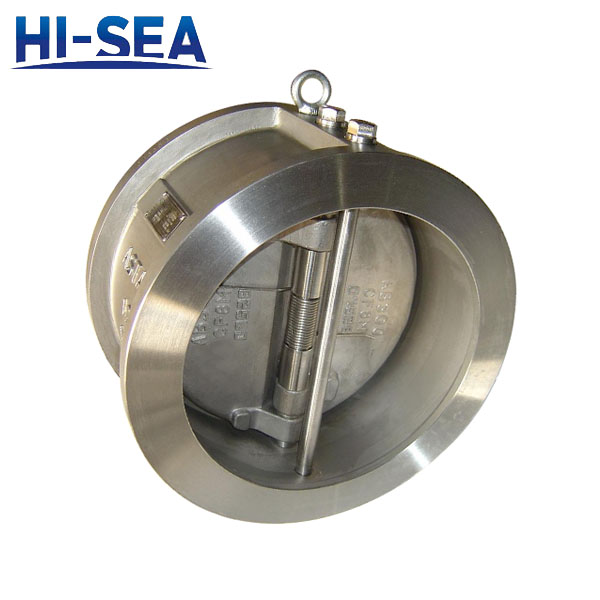
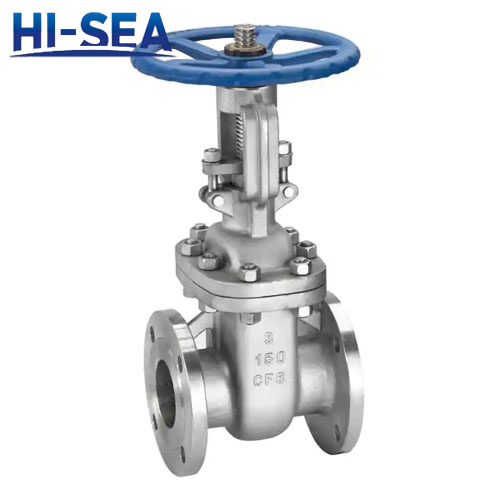
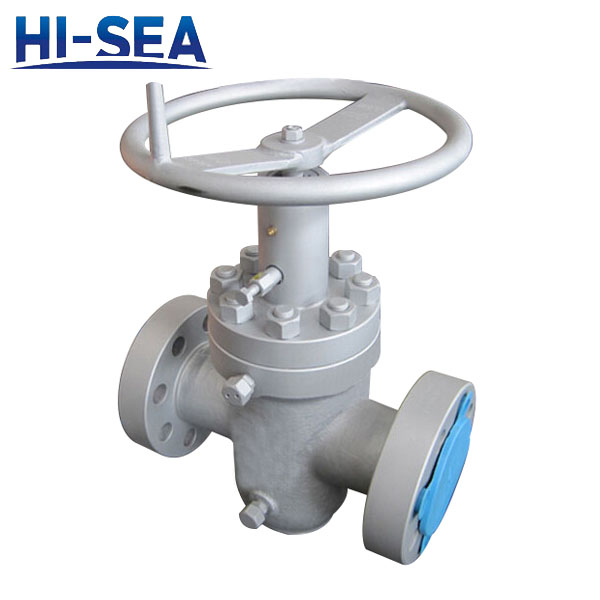
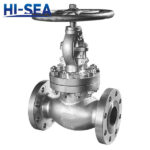 Main Material of API Valve
Main Material of API Valve What is the difference between a rising stem gate valve and a non rising stem gate valve?
What is the difference between a rising stem gate valve and a non rising stem gate valve?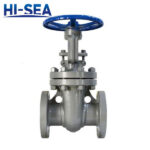 API Valve Fire Test
API Valve Fire Test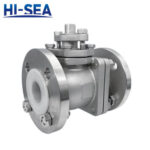 What is the difference between PTFE and RPTFE?
What is the difference between PTFE and RPTFE?